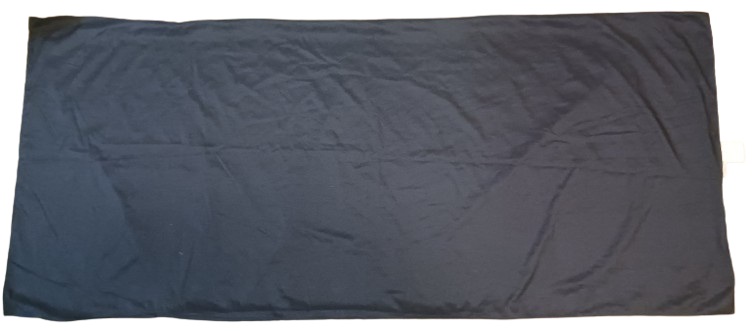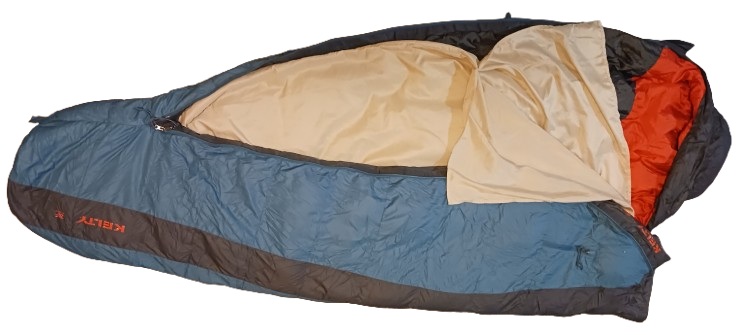Learn about Sleeping Bags and Quilts for Backpacking
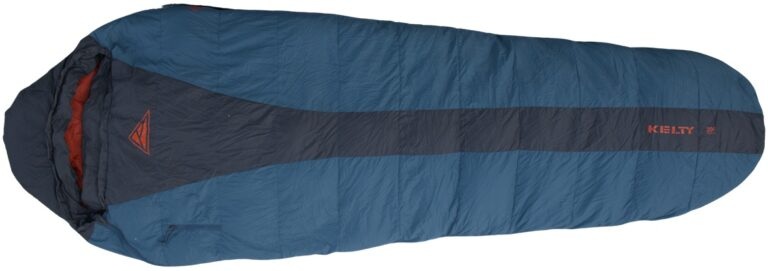
Table of Contents
Sweet Spot Recommendations
For most budget backpackers, I recommend a down mummy bag with an ISO lower-limit temperature rating of 20° F (used on a sleeping pad with an R-value of 2 to 4). Anything warmer will be expensive, heavy, or bulky.
Sleeping Bags
Rectangular Sleeping Bags
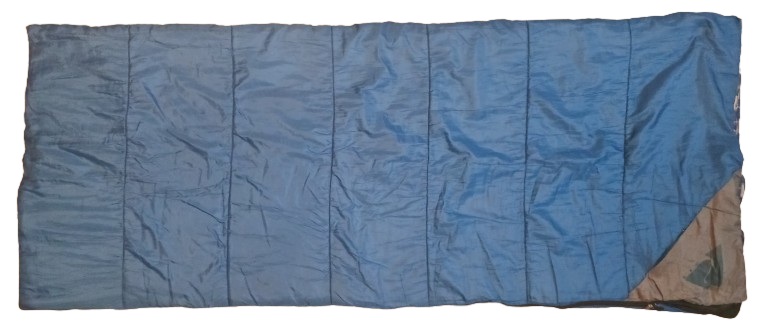
As their name implies, these bags are shaped like rectangles to give you leg room.
Semi-rectangular Sleeping Bags
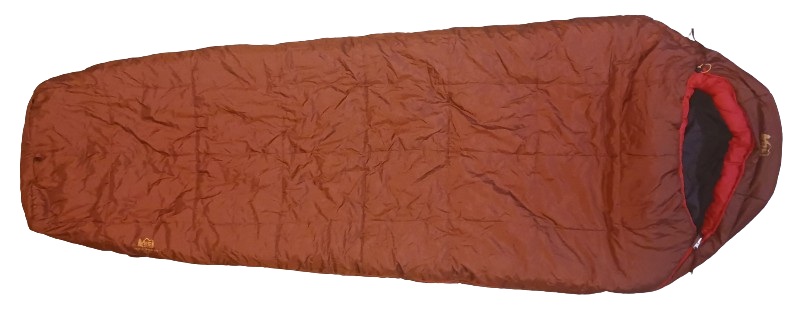
Semi-rectangular bags are tapered slightly inward at the feet to save weight.
Mummy Bags

Mummy bags are narrow at the feet and fit your body snugly to save weight.
Top Bags
Top bags contain insulation on the top but not on the bottom. The insulation in standard sleeping bags is wasted weight because it loses its loft when crushed under your body. Top bags solve this problem by not containing insulation on the bottom.
Top bags must be fastened to an underlying sleeping pad, usually by straps. Some top bags have a sleeve on the bottom into which a sleeping pad can be inserted.
Top Quilts, aka Quilts
Top quilts, or quilts, are somewhat like normal quilts used on beds. Many quilts have a footbox that surrounds your feet like a sleeping bag. Quilts must be strapped to an underlying sleeping pad to prevent heat loss. The advantage of quilts is that they’re lighter than sleeping bags.
Quilts can be drafty for side sleepers and people who move a lot while sleeping. You can mitigate this problem by buying a larger quilt than your normal size so you’ll have room to move around underneath it.
Another disadvantage of quilts is that they lack a hood, making them colder than sleeping bags.
Pros and Cons of Sleeping Bags and Quilts
Pros Cons
Rectangular sleeping bag Roomy, especially around legs
You can roll around insideHeavy, not good for backpacking
Bottom insulation is wasted weight because it loses loft when compressed under body
Semi-rectangular sleeping bag Roomier than mummy bags
Lighter than rectangular bagsHeavier than mummy bags
Not as roomy as rectangular bags
Bottom insulation is wasted weight because it loses loft when compressed under body
Mummy bag Light
CompactSnug, can’t roll around inside
Bottom insulation is wasted weight because it loses loft when compressed under body
Top bag Very light
Very compactMust be strapped to sleeping pad
Top quilt Extremely light
Extremely compact
Versatile for both cold and hot temperatures
Dry quicklyMust be strapped to sleeping pad
No hood for warmth
Can be drafty if you move a lot during your sleep
Sleeping Bag Insulation
Sleeping Bag Shell Fabrics
Weight
Weight varies greatly from product to product, depending on materials and temperature rating. For a budget 20°F down sleeping bag, aim for about 2.5 lbs and no heavier than 3 lbs.
Temperature Ratings
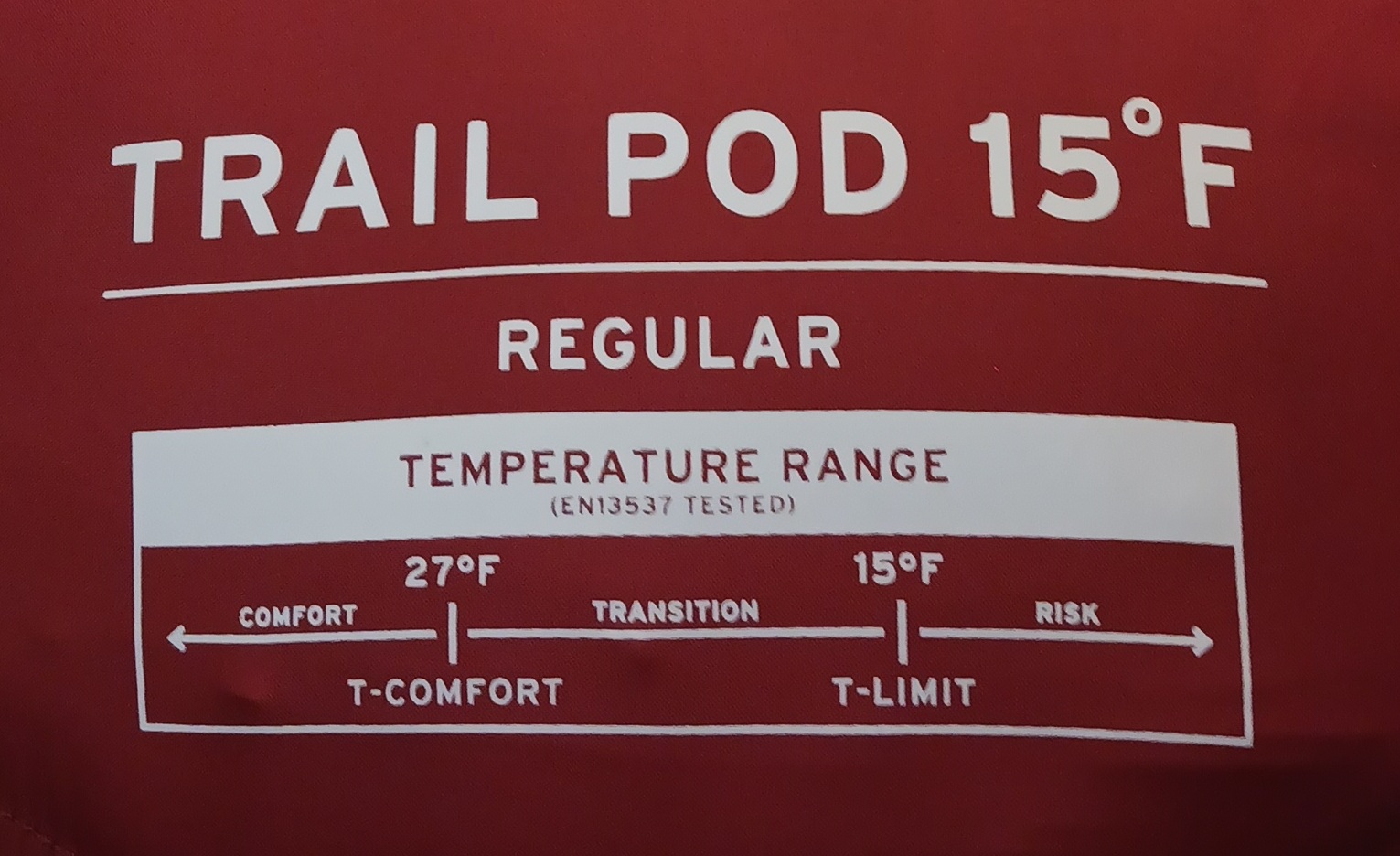
Sleeping bag warmth is rated according to the ISO 23537 standard1 or EN 13537 standard. Bags manufactured before 2017 use only the EN 13537 standard.
ISO and EN ratings are measured by heat sensors attached to test dummies wearing base layers, socks, and a hat and lying on a sleeping pad with an R-value of 5.7. The tests are conducted by independent organizations, so the ratings are comparable across brands.
ISO ratings include two temperatures:
Names used Meaning
Lower limit, extreme rating, men’s rating
Below this temperature, there is a risk of health damage due to hypothermia.
Above this temperature, an average man in fetal position is at thermal equilibrium and not shivering.
Comfort rating, women’s rating Above this temperature, an average woman in a relaxed posture doesn’t feel cold
Companies can display any temperature rating they like, so be sure to check the ISO or EN rating if available. If a temperature rating omits the term “comfort” or “limit,” it’s probably the company’s estimate and not an ISO or EN test result.
Men’s bags usually display the ISO or EN lower limit, rounded up or down to the nearest number ending in 0 or 5. Women’s bags usually display the ISO or EN comfort rating, also rounded up or down to the nearest number ending in 0 or 5. The rounding is insignificant as the numbers are only vague estimates.
If only the lower limit is indicated, add 12-15° F to get an estimate of the comfort rating.
ISO ratings aren’t available for bags intended for temperatures below 0° F.
Your body’s warmth is determined not only by your sleeping bag but also by your sleeping pad, shelter, sleeping clothes, sleeping bag liner (see below), and other factors. Also, different people have different body temperatures based on their size, weight, metabolism, and what they have eaten.
If you aren’t sure what your body needs, use your sleeping bag at or above the temperature of its comfort rating while lying on a sleeping pad with an appropriate R-value (see Learn about Sleeping Pads for Backpacking) and while wearing a base-layer top, a base-layer bottom, socks, a fleece jacket, an insulated jacket, and a hat. If you overheat, you can remove layers.
Recommended Sleeping Bag Temperature Ratings and Sleeping Pad R-Values According to Temperature2
Night Temperature Low 50°F 32°F 20°F 0°F
Pad R-value 2 or less 2-3.9 4-5.4 5.5 or more
Bag Temperature Rating 30°F or lower 20°F or lower 15°F or lower 0°F or lower
Sleeping bags that are warm, light, and compact are expensive. You can save money by buying only one bag, with an ISO or EN lower limit of 15-20° F or a comfort rating of 25-30° F. This will allow you to backpack in temperatures down to freezing if you wear sufficient sleeping clothes and use a pad with an a R-value of 2 to 4 (preferably 4). Bags with limits lower than this will be too bulky or too expensive.
Sleeping Bag Liners
Sleeping bag liners provide two advantages:
- Increase warmth. Some manufacturers claim that their liners add up to 25° F of warmth to your bag. You can save money by buying an inexpensive sleeping bag with a moderate temperature rating and supplementing it with a cheap sleeping bag liner.
- Protect the inside of your sleeping bag from foot and body order so you don’t have to wash it as often.
Ultralight backpackers might prefer not to use liners as they increase total weight.
Make sure the liner doesn’t contain cotton.
